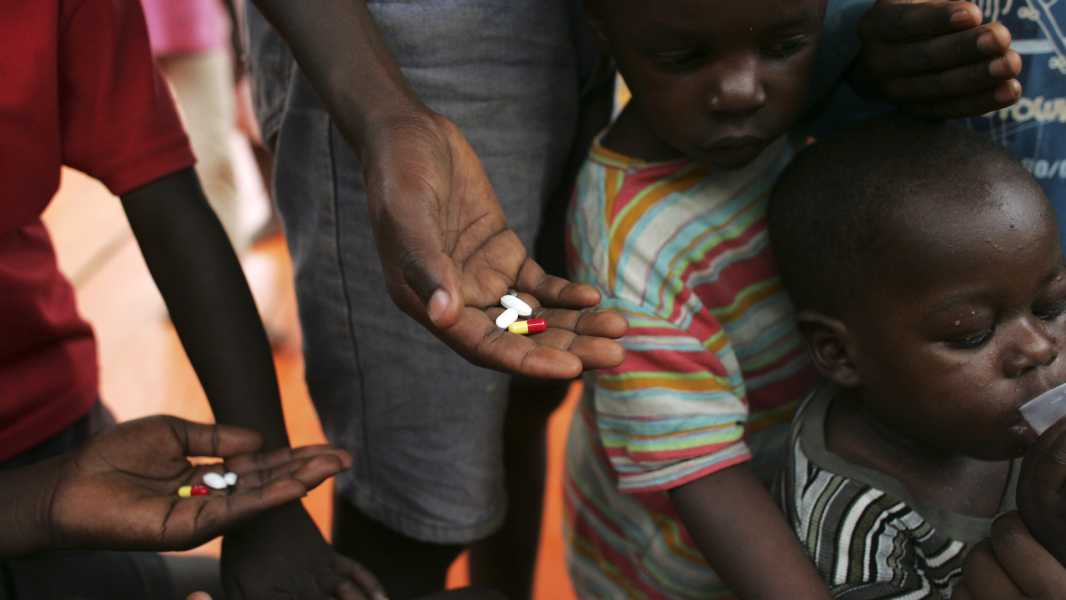
HIV drugs need to be taken regularly to suppress the virus. Significant cuts to HIV funding have threatened people's access to these medications. (Image credit: Marco Di Lauro via Getty Images)
We could see 10.8 million more HIV cases than expected over the next five years if the planned cuts in international HIV funding are implemented.
Rising incidence in low- and middle-income countries will lead to an increase in HIV-related deaths to 2.9 million by 2030.
The alarming findings come from new modelling published March 26 in The Lancet HIV. The researchers sought to analyse the potential impact of cuts in international funding for HIV/AIDS programmes that aim to prevent transmission of the virus and related deaths.
As of February 2025, the five largest donors to this funding – the United States, the United Kingdom, France, Germany and the Netherlands – have announced significant reductions in foreign aid, threatening HIV programmes around the world. The study projects how these cuts will impact low- and middle-income countries (LMICs), which have relied on international sources for 40% of their HIV funding since 2015.
“These findings are a worrying reminder that gains in the fight against HIV are not guaranteed – they require sustained political will and investment,” said Dr Ali Zumla, professor of infectious diseases and international health at University College London, who was not involved in the study.
But at the same time, “the expected increase in new infections and deaths is not inevitable; it is the result of choices being made today,” Zumla added in an email to Live Science. “If these funding cuts continue, we risk undoing decades of hard-won progress, leaving millions more vulnerable and pushing global HIV targets further out of reach.”
Unprecedented aid cuts
As of 2023, five donors provided more than 90% of international funding for HIV programming, with the United States accounting for over 72% of the total. Certain populations at high risk of HIV—including people who inject drugs, men who have sex with men, female sex workers and their clients, and transgender and gender diverse people—particularly rely on these international sources for access to HIV prevention and testing.
Most U.S. funding comes from the President’s Emergency Plan for AIDS Relief (PEPFAR), which is largely implemented by the U.S. Agency for International Development (USAID). However, PEPFAR and USAID were hit with an unprecedented funding freeze and staffing cuts in January following an executive order from President Donald Trump.
PEPFAR later received temporary waivers for some services, including antiretroviral therapy (ART), the drugs that prevent HIV from progressing to AIDS. These treatments must be taken consistently or the virus can return.
“The widespread adoption and use of internationally funded antiretroviral therapy has been one of the key factors in reducing AIDS mortality in low-income settings,” said Justin Parkhurst, an associate professor of global health policy at the London School of Economics and Political Science, who was not involved in the study. ART also reduces new infections by suppressing the virus in people living with HIV, thereby preventing transmission, he told Live Science in an email.
“In the worst case, if PEPFAR funding is completely cut off and no equivalent mechanism is put in place, the surge in HIV cases could effectively reverse almost all the progress made since 2000.”
ten Brink et al (2025)
However, despite the denial, PEPFAR services have not yet been restored to normal because the denial did not result in immediate
Sourse: www.livescience.com





